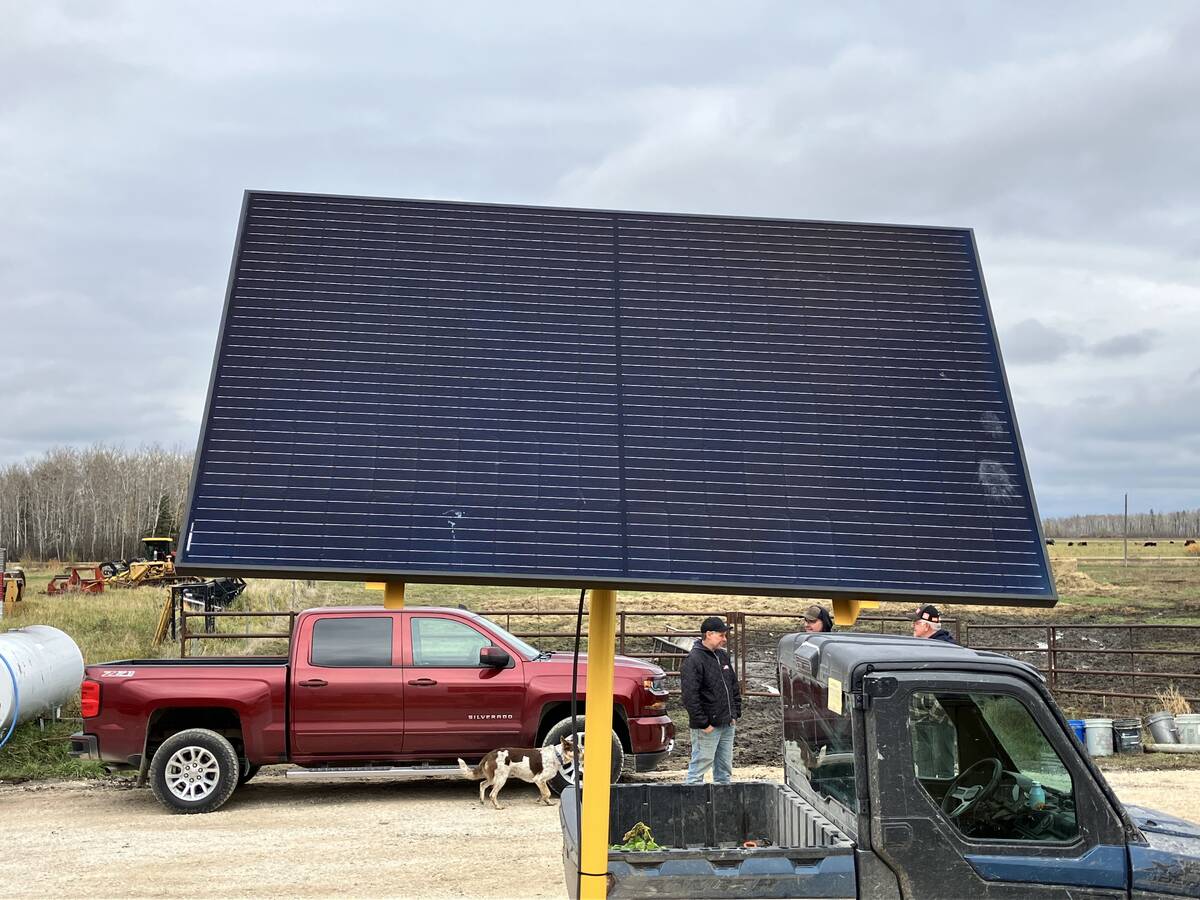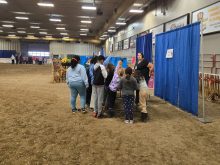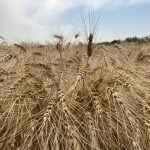I don’t think this research has ever been done, but if one were to track purebred bull calves from an early age until sale you would find the two top reasons for culling, selling, death and other losses are fertility and injuries.
I would include lameness in this tally as a high percentage of this condition in breeding bulls result initially from injury.
So in this article, I am reaching out to you as commercial and purebred cattle producers for tips that you have on reducing the numbers of injuries (and incidents of lameness), whether that is for raising bulls for sale or in keeping them as herd sires.
Read Also

VIDEO: Watering system a cattle health win
Portable livestock watering system helps Manitoba beef producer combat foot rot cases on pasture.
I am going to share some of the things I have learned over the years. But if you send me your tips and ideas I may do a followup article on improving the health and welfare of our purebred bull calves through to maturity.
Because of riding behaviour in young developing bulls, as soon as we know they are culls, they should be castrated and (if you want) implanted at that time to maintain growth almost equal to their intact male counterparts. Banding the too-high birth weight bull calf to castration at spring processing (because of phenotype structure or it’s not the right colour) will decrease riding, fighting and avoid the castration risk at an older age.
I can safely say all (or almost all) breeders who use natural breeding routinely separate bull calves and their mothers from cows with heifer calves. Ideally non-pregnant cows are removed, as we all know the riding frenzy that occurs from multiple young bull calves going almost vertical trying to breed a large cow. This is how the rectal prolapses occur in the summer.
We can almost guarantee the calves that develop these prolapses have good libido. On repairing if the sutures are left in a little longer these may scar down a bit better. I have done several semen tests over the years where we need to use a very small probe as the rectum has scarred down.
Calves at this time are also prone to damaging (primarily) their hocks or hips as they are still developing bone and cartilage. Unfortunately, a lot of injuries at this age may be permanent. One thing is that the poor conformation bulls will really show themselves as feet and leg problems exacerbate.
When weaning bull calves, you always need to have lots of space and some operations have rocks to rub on. Some use cage-type structures for calves that are getting ridden to hide in. Severe riding behaviour can take out many of the bulls being ridden.
A more common injury is the hip joints and the cartilage getting stripped away, resulting in a severely shortened stride. A couple of things I have seen here is making a decision to remove quickly or to remove, treat and place back. (This is a time for use of NSAIDs, possibly repeat treatments.) Some producers spray vinegar over the backs of these ridden animals in the hopes of masking the smell and making the introduction back into the pen more favourable.
Keeping bull calves well fed can also help. Anything that leads to boredom and crowding absolutely leads to more riding. Provide lots of feed, bunk space, and access to water, and also use pens that have no trapped corners. Devices such as brushes and oilers go a long way to avoid boredom. (The oilers can even run with just the oil, and medication should only be put in at the times needed.)
These things apply to your herd sires in the non-breeding season — give them lots of space and room to move if possible.
Also watch the bedding in the winter to avoid frozen testicles and remember to give the preventive vaccines and deworming treating for lice and flies that you do to the rest of the herd. They are sometimes the forgotten group and many of these things can be done at semen checking time next spring.
It is interesting to note that when insuring bulls, no claims for foot rot are allowed if the bulls have not been vaccinated. We know many of the lamenesses in bulls are injuries or sole abscesses and not foot rot.
The worst thing for you, as a cattle producer, is to have a bull come up really lame just before breeding season. Having the feet trimmed helps prevent injuries from long hooves breaking off when breeding, fighting or simply slipping. Single-sire matings prevent bull issues in breeding season but that is only done if it is convenient. (And the bull better be fertile.)
I do believe we also need to look at the incessant fighters and instigators. I know many a producer who will knock bulls out of their breeding program if they are continually fighting.
These bulls are the same problem animals in the bull pen in the off-season. Don’t hesitate to cull a problem bull, fighter or ones that make handling unsafe or stir up the rest of the bull battery.
When transporting bulls, it goes without saying that when hauling pen mates use partitions in the trailer when necessary and use low-stress-handling techniques. Some bulls handled poorly seem to snap and never recover. A tranquilizer for a long trip could be in order.
Try using vinegar to mask the smell when mixing and see if there is any merit in it.
Once again, if you have any tips or tricks that minimize problems with raising bulls or wintering them, please let me know. Contact me at [email protected].
















